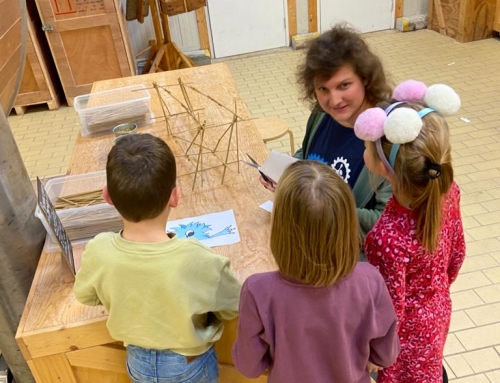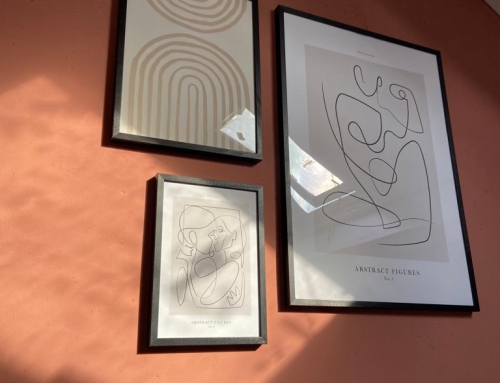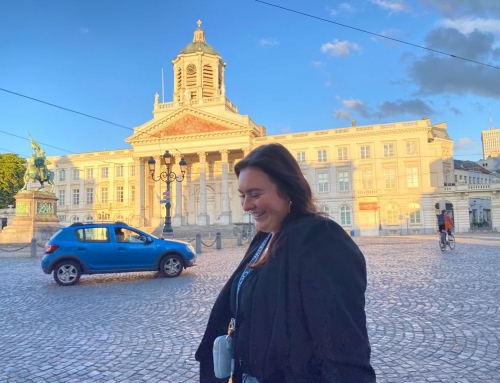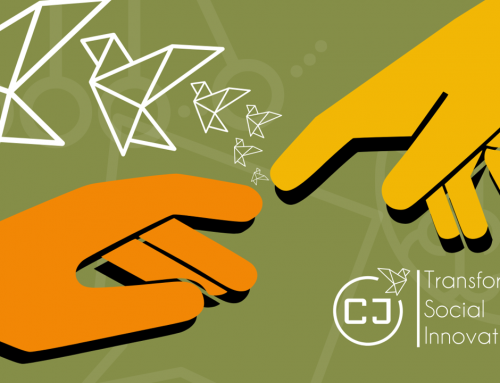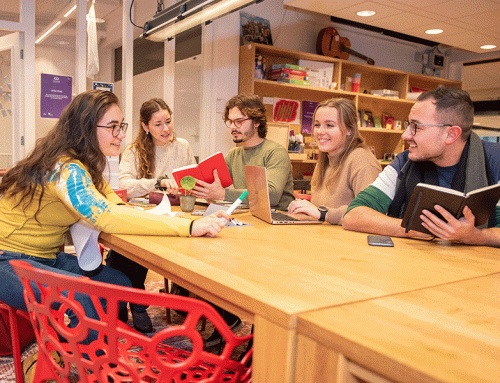Fast track design thinking STUDIO.WHY
During my internship STUDIO.WHY facilitated a five-day training programme, about the ins and outs of their design thinking method. When I heard about this week I asked if it was possible to join, and after a ‘yes’ and some rescheduling at my work, I was ready to go.
It was fun being a student again, especially because the trainer was once a student of mine. Don’t get me wrong: not because the reversed roles, but because I believe that we learn as much from students as they learn from us. In this way the circle was complete: the apprentice has become the master and the master the apprentice. A sentence which really fits the Performatory view of learning and belief in lifelong learning.
And so it happened that a group of fifteen people, varying from graduates to experienced entrepreneurs in different sectors of the industry, started on the first day of the training programme. I will try to give you an impression of what the week was all about.
After setting goals for the week, we started talking about ‘innovative culture’ such as ‘daring to fail’, ‘thinking in possibilities’ and ‘challenging assumptions from the prevailing system’. STUDIO.WHY introduced ‘Design Deltas’, their design thinking method. They showed a step by step method through the different canvases, creative techniques and other work forms. Design Deltas is a design thinking method which is created by combining different theories: Forth Methodology, Lean start-up and Crossing the Chasm. It struck me that it has a lot in common with the Double Diamond methodology of the Design Council.
Let me give me you an impression of some of the valuable and funny techniques which pop into my mind when I think back to this training.
The ‘LEGO Serious Play’ workshop, got all us adults playing with Lego again. ‘LEGO Serious Play’ is based on ‘finger storming’: ‘your hands create more than your head knows!’. It is best explained by the introduction exercise: we were all given the same six Lego bricks and we were given thirty seconds to create a duck. In the end it turned out there were no two ducks the same! Later on, the power of Lego was showed in creating a prototype with your group. While playing and talking, ideas popped up and even came to life in a visual Lego prototype.
Another fun thing to do was the ‘Visual thinking’ workshop, which emphasized the power of visuals. In this workshop we tried to visualize ideas and prototypes by simple drawings. We practiced and played with speech balloons, smilies and frames and were amazed about the possibilities. The possibilities to express yourself with the ‘sign alphabet’ seemed to be endless, and they give us the possibility to create simple drawings which can be used in, for example, info graphics and overview slides during classes. With some simple techniques you make it catchier, and even better, this way it will stick longer in the minds of our students.
Then there was the workshop about facilitating, something I’m quite familiar with as a lecturer. Still, it is good to create an overview of the different principles of facilitating a session. It was even strange to feel some tension when others had to give me feedback on my facilitation process: ‘What if I fail…?’
And then there was that ‘compliment round’, the last thing we did. Actually, I couldn’t handle post-its anymore, because we had used them so much, and I mean MUCH. So, when Marcella introduced the last assignment where we had to walk across the room and stick post-its with compliments on the fellow participants’ backs, I thought: ‘let’s finish this quickly and have a drink’. But what an overwhelming experience it was, when someone else read the compliments to you. I will keep those post-its with my notes, and I can assure you by that if I’ll have a difficult time in the future, I’ll take a look at it again!
Last but not least, what I remember most is the good structure and the positive energy within the group, smoothly facilitated the trainers, Marcella and Michiel. They have mastered the skill of introducing energizers and choosing suitable work forms at exactly the right time. Maybe I learned the most from them, watching how they deal with the different participants and different situations. A really impressing example of being over-prepared to be under-structured!


